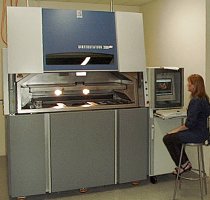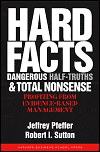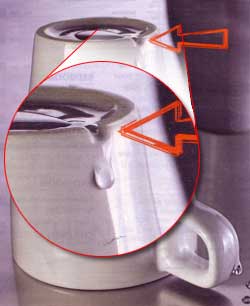
I do a lot of work with scenarios as tools to help drive innovative thinking. I don’t use them to forecast the future—forecasting is impossible. I do use them to explore many plausible futures, none of which actually come true, but some unforeseeable amalgam usually does.
I start with STEP factors (social, technological, economic, and political factors). The more tactical the scenario’s focus the less important political factors become.
Often a change in one of these factors ripples out into the others. Sometimes nothing happens. Sometimes this truggers a chain reaction, manifesting otherwise latent possibilities. Here’s a super crude example I cooked up in about 15 minutes. It about the shrinking size and cost of industrial manufacturing capability. But let’s start with some STEP factors.
Social
Having reliably satisfied many of Maslow’s needs many North Americans focus more on self-actualizing and self-expression. Evidence of this is our attitude towards work: we don’t want a job, we want fulfillment. This affects how we buy things and the kinds of things we buy. Mass produced homogeneity is increasingly anathema to North American consumers. We want to see ourselves in the artifacts we buy, not some generic corporation. And more importantly we want other to see us in these artifacts, with a product’s semiotic function becoming more important than its functional function.
Technological
Advances in manufacturing technologies are now to the point of delivering mass industrial manufacturing capability to a micro level (1, 2, 3). Such advances have also shrunk the associated costs as well, providing industrial production unit cost structures together with the customization of local craftsmanship. These technologies have already hit the marketplace in the UK with a furniture company call Unto The Last, that delivers made to order furniture at Ikea prices.
So, 3D scanners can be used to auto generate CAD files of things. These files can then be downloaded over the net into local rapid manufacturing machines. Start costs for these machines are about the same as a modest car. These machines then physically reproduce the original artifact for roughly the same unit cost as industrial mass production can. And if the stock item isn’t quite what you need? No problem, have the CAD file tweaked to make your own unique item for the same price.
Economic
Transportation is expensive. And as go oil costs, so goes transportation costs. For instance Canadian consumer have seen the cost of fruits and vegetables rise by 18% due to increased transportation costs.
Furthermore serf labour, the driving force keeping global consumer product prices low, is simply not sustainable. Global manufacturing costs will necessarily rise, not to North American levels, but enough to erode current price advantages. This will open the door for domestic and local alternatives.
Political
Outsourcing becomes a political touch-point. People in North America are increasingly afraid of its impact on their lives. Exporting jobs and crazy trade imbalances threaten our sustained prosperity (at least that’s what the people think, and the politicians are happy to exploit another fear to gain more influence).
Furthermore security along global transportation infrastructure is increasingly difficult to maintain threatening the reliable and cost-effective flow of both finished consumer goods and raw-materials. The common political response to this is increased security, which addresses the symptoms and not the root causes. This brings temporary relief until the threat responds by going to another level.
Of course all these are highly arguable. They are also highly plausible as well. Remember the point here isn’t to pick the future, but explore many plausible futures. Next time I’ll post some very crude micro and macro scenarios to flesh out these STEP factors.






